'It’s indisputable that craft has enormous value socially, culturally, economically': interrogating the case for craft in contemporary life
Ahead of next week's 21st edition of Collect, the world's leading fair for collectible craft, we sit down with Natalie Melton, executive director of the Crafts Council, to talk about making a living from making

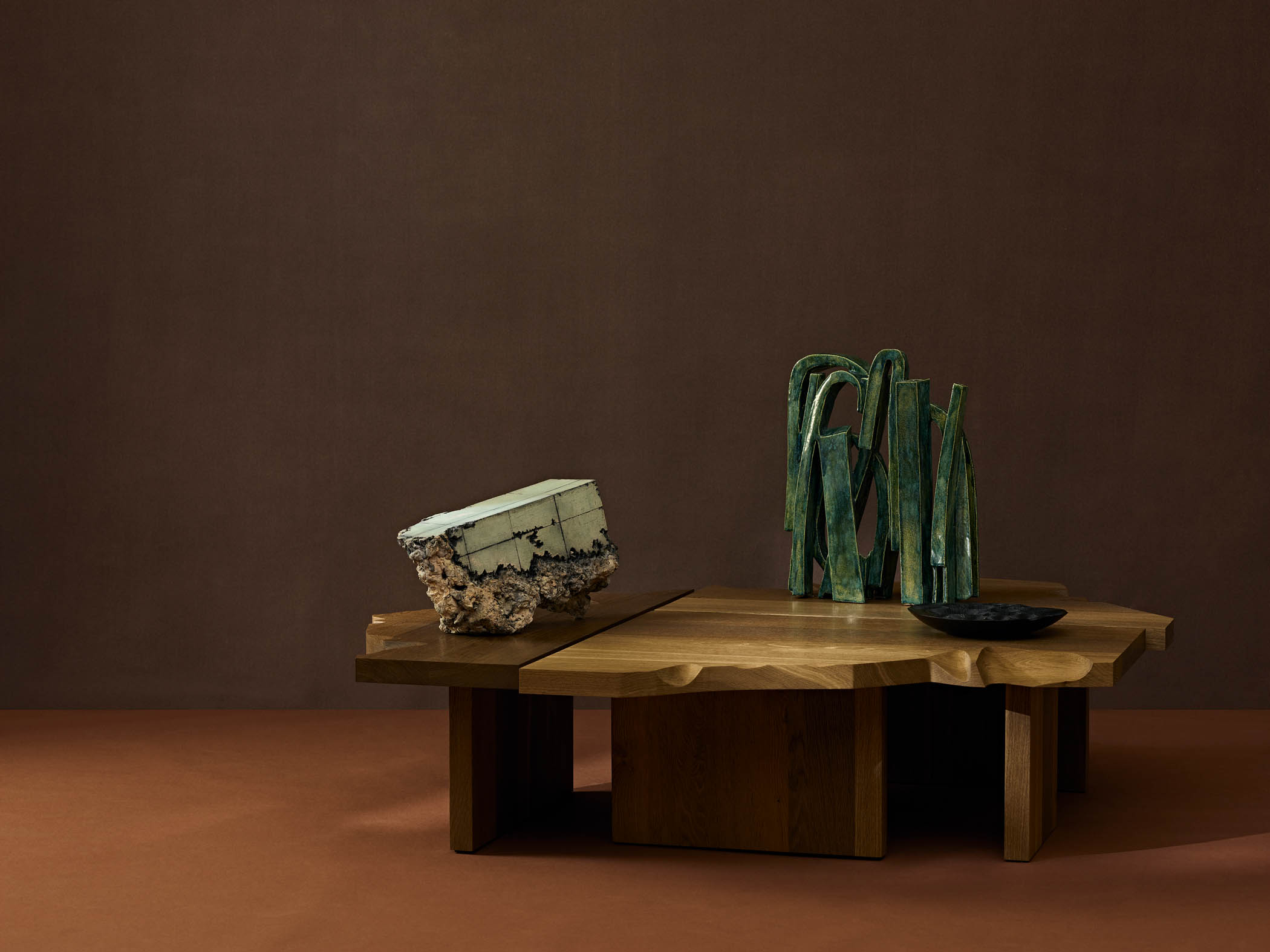
Collect, the Crafts Council’s annual selling fair, takes up residence in London’s Somerset House next week from 28th February until 2nd March. This will be the 21st edition of Collect, and 40 international galleries dedicated to craft and design will present the work of 400-plus living practitioners from more than 30 countries. We’ll feature our highlights when the doors open next week but ahead of all that fun, we sat down with Natalie Melton, executive director of the Crafts Council, to hear about the changing landscape of the sector.
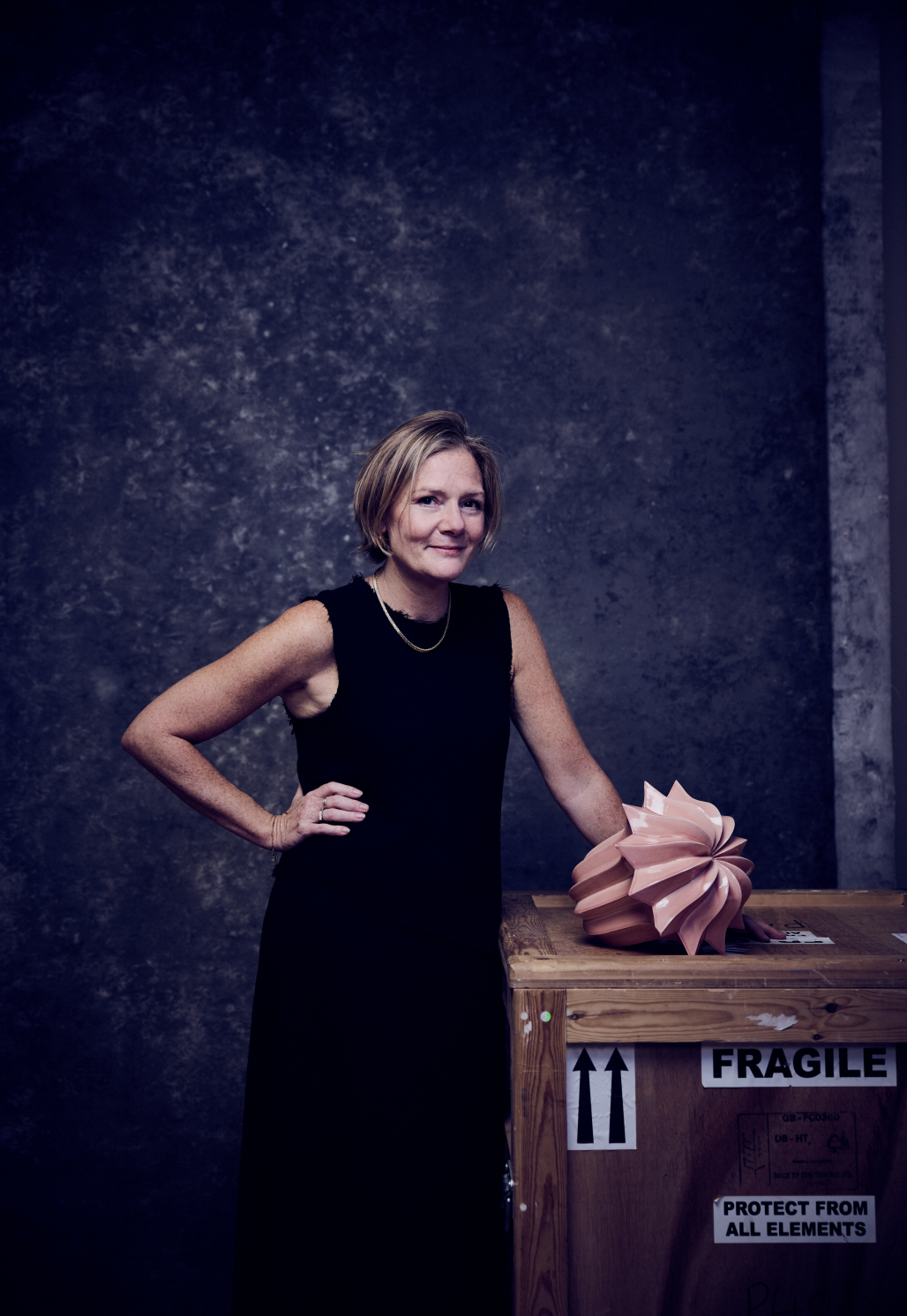
Natalie Melton, executive director of the Crafts Council
Wallpaper*: For all that the term craft is ubiquitous these days, it still carries a certain association would you agree?
Natalie Melton: People understand the word and subject of craft differently. While an increasing number appreciate its cultural significance many people feel disconnected from it. Some feel distanced from craft as a showcase of niche techniques and skills. Some view it as a derogatory term for something home-made or homespun. We believe craft’s power lies in its democratic sense of place, culture, wonder, and joy—all elements that are crucial in today's world.
W*: Is the role of the Crafts Council to help people understand this?
NM: We seek to help people move past the idea that there is a clear divide between professional and amateur practice. Craftsmanship is a knowledge-based practice, driven by excitement and a sense of achievement - individuals choose how far to push their skills. This shared spirit and effort unite everyone engaged in craft. I have been in my role as executive director since July 2022. One of the main subjects I focus on is the market for craft, which has grown significantly in recent times.
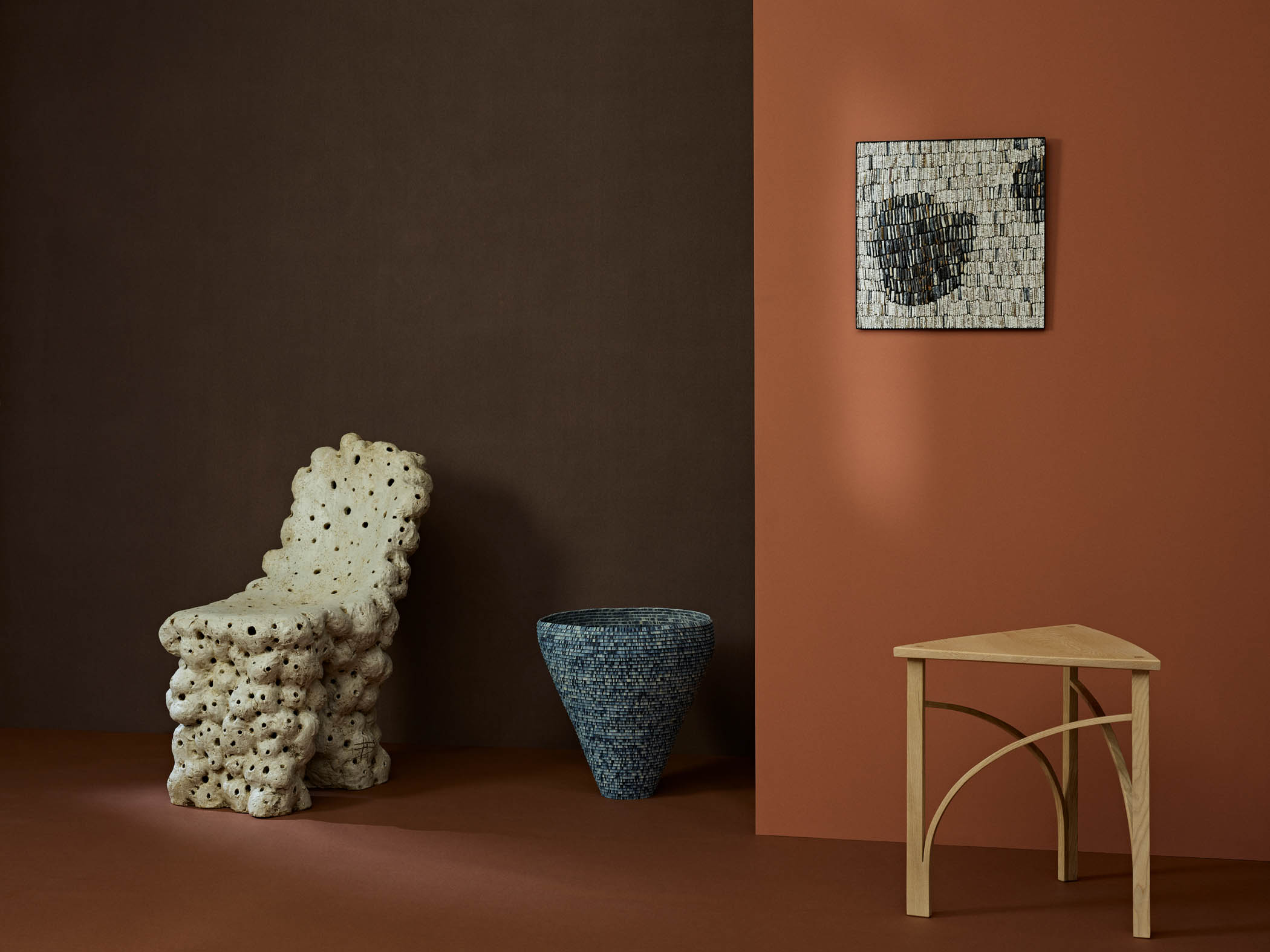
Collect 2025 preview. From left to right: Agnès Debizet at Galerie Melissa Paul; Minyeol Cho at Siat Gallery; Park Sung-Wook at Lloyd Choi Gallery; Angus Ross at Contemporary Applied Arts.
W*: Tell us more…
NM: What we find interesting is there’s growing interest in the mid-market range; it’s not just the luxury sector. We recently completed a survey of the maker community, which highlighted the growth of portfolio makers and the trend of building craft businesses alongside other professions, reflecting the increasing interest and appetite for craft.
Receive our daily digest of inspiration, escapism and design stories from around the world direct to your inbox.
W*: Why do you think this is?
NM: With the rise of craft-related TV shows, YouTube videos, and fairs, many are inspired to try making themselves. There’s growing curiosity about where things come from and how things are made; it’s an antidote of sorts to the negative consequences of globalised production and mass-commercialisation. For some people, craft starts as a captivating hobby then maybe it becomes a side hustle and, if it’s successful, eventually it can become a source of income. More interest in craft naturally leads to a larger market response. It’s also interesting to note that craft is more visible and prevalent in museums and galleries than it was perhaps even a decade ago. For us, the challenge is adapting to this democratization of craft.
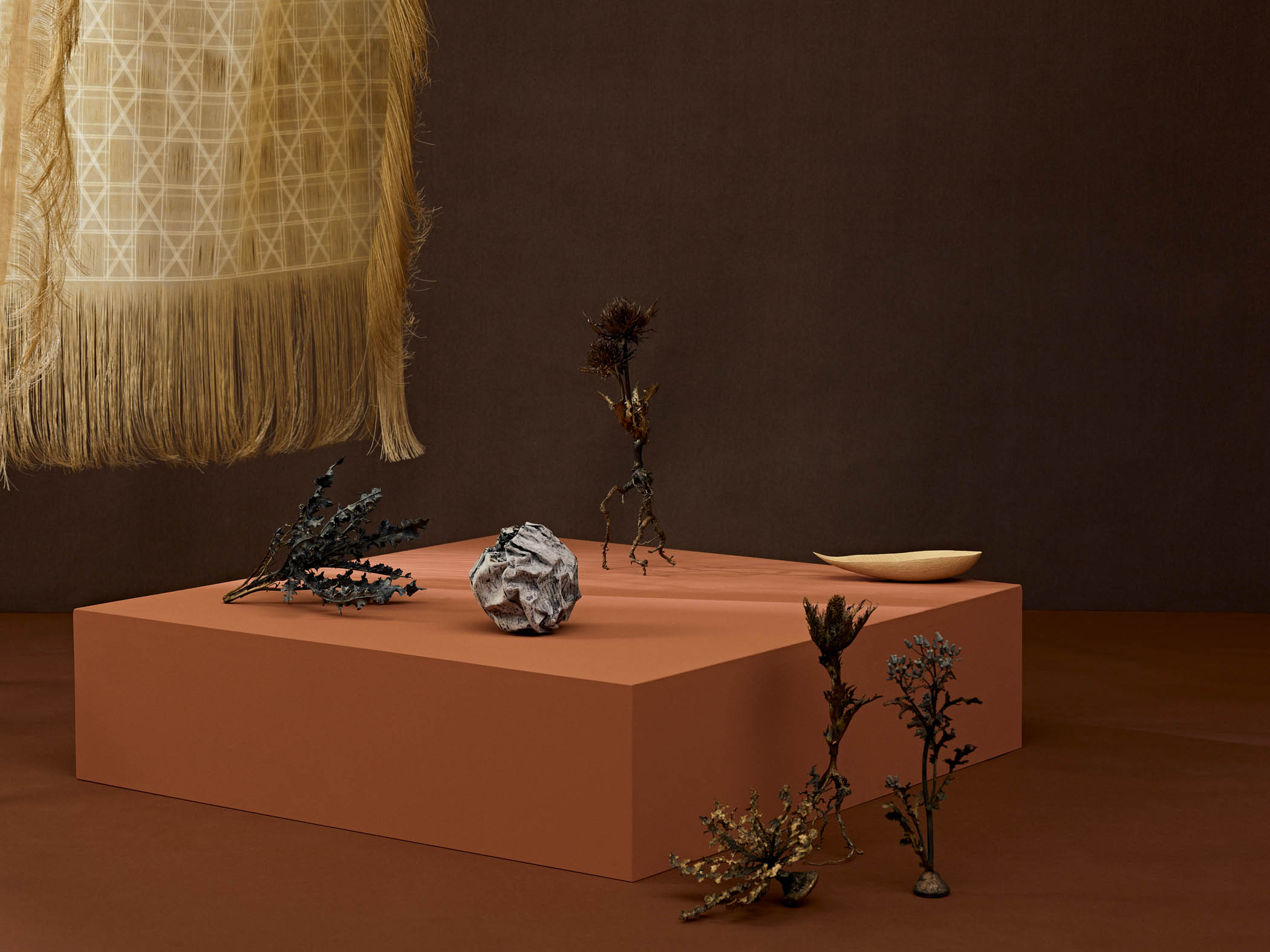
Collect 2025 preview. From left to right: Isobel Napier at Flow Gallery; Robyn Neild at jaggedart; Helen Carnac at Cavaliero Finn; Pontus Sandevärn at Thrown.
W*: Greater, broader interest doesn’t necessarily equate to more money?
NM: At the Crafts Council, we operate across a broad spectrum. We are a charity, and like so many organisations in the creative sector at the moment, we are facing a constrained funding environment. We're constantly striving to adapt, do more with less, and maintain agility. We take great pride in our achievements, such as making our collection, which is the nation's collection, more accessible. We are careful and restless to tell stories with the collection that reach new, younger audiences effectively. And also to grow the collection to be genuinely representative of the many voices, skills and experiences that make up our society.
W*: You recently announced the closure of Crafts magazine; it’s sad to see such a beautiful title depart after 50 years. It must have been a difficult decision.
NM: I share your sadness. Crafts brought so many unique stories to the fore however our resources are not sufficient to allow us to continue investing in this method of storytelling. Of course it's a tough and emotional decision, but we need to be pragmatic too. Younger generations consume media in such a different way. Listening to our audience from our recent community survey - there was a strong sense that people are seeking excellent quality learning tools to support them on their journey as makers. People want resources and information. We will always provide space for critical thinking through events and conversations, in person and online, still. Stimulating discussion in craft is very important to us, but stimulating the future of the industry with practical knowledge and advice is also critical to growing the sector.
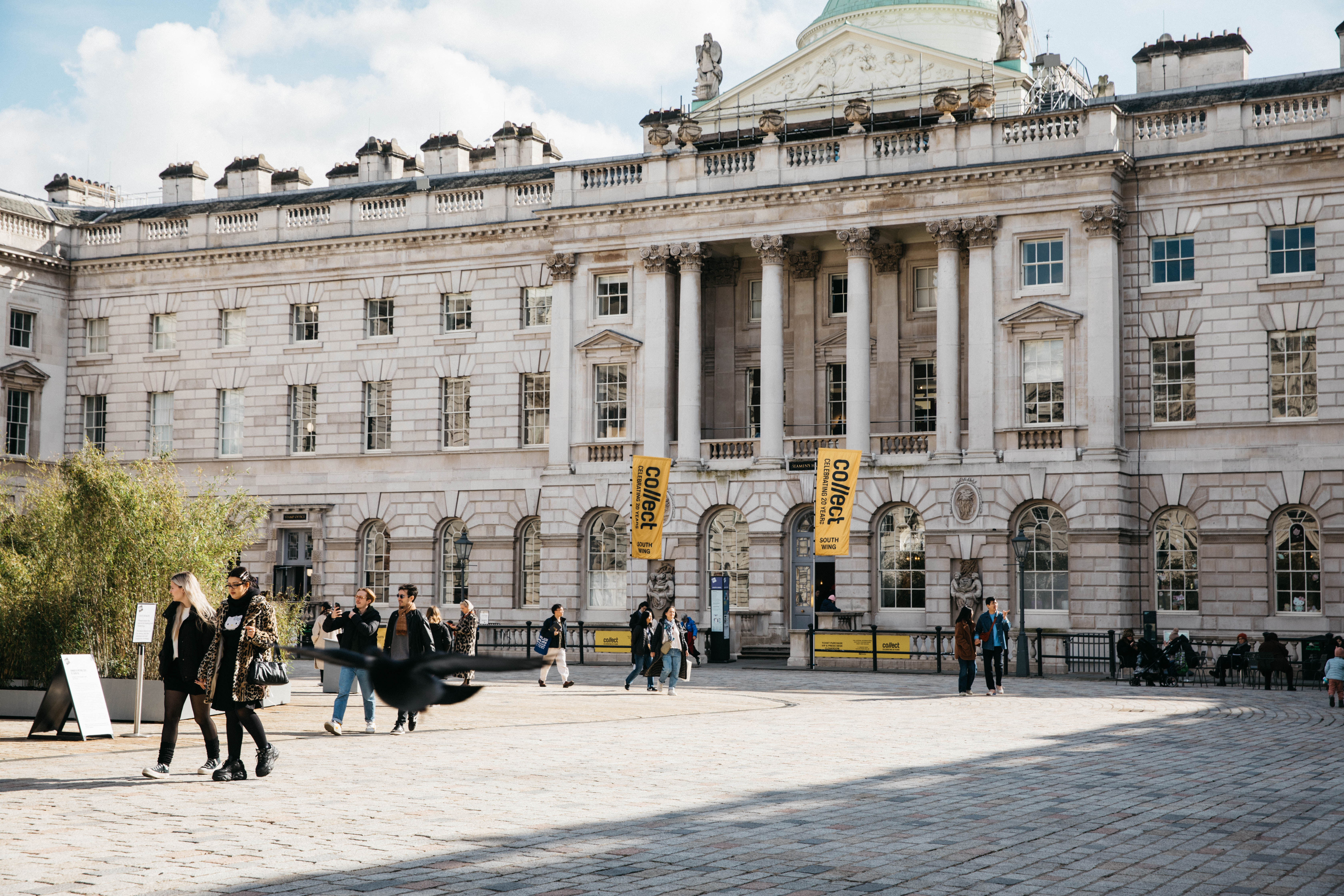
Collect takes place at Somerset House, London
W*: Where does Collect fit into your strategy at the Crafts Council?
NM: Collect is the most visible thing we do. We are unique as a charity, running a commercial art fair. It’s a huge undertaking each year, but it’s a vital showcase for galleries and their makers. We’ve had galleries represented in every fair for the 21 years of Collect’s life; and we have galleries showing for the first time. We love the balance of longstanding and established names alongside younger voices; this is what keeps it fresh. The majority of work on show and for sale at Collect is new to the market, which brings such energy to the event. It is a joyful, vibrant celebration - people come together from all over the world, untied by passion and intrigue in craft.
W*: You mentioned earlier the expansion of the middle market for craft - is the collectible market healthy too?
NM: Yes it is. It’s not impervious to the economic situation; there are few people who haven’t felt the pressure of the economy. Makers have suffered from the rising cost of materials and energy princes, which means they’re operating on tighter margins. Last year, Collect was an excellent success and we are delighted to see a lot of returning galleries. Museums and institutions acquired from the show, which is wonderful to see. In difficult times, collectors, whether private or for institutions, recognise that they have an important role in supporting the market as much as they can.
W*: Beyond Collect, what’s in your in-tray for the rest of the year at the Crafts Council?
NM: We are focusing on our membership offer, which means working hard to support makers in their routes to practice and market. I’d like to make sure that craft and industry gets more recognition, to promote the ways in which it is possible to scale craft, forging better connections between making and manufacturing. I think we’re at a place in time where it’s indisputable that craft has enormous value socially, culturally, economically. Where we need to see a shift is ensuring there’s the right kind of support to enable people to make a good living through craft. Our mission is to address this and encourage others to stimulate and support the sector.
Collect runs from 27th February to 2nd March at Somerset House.
Collectfair.org.uk; Craftscouncil.org.uk
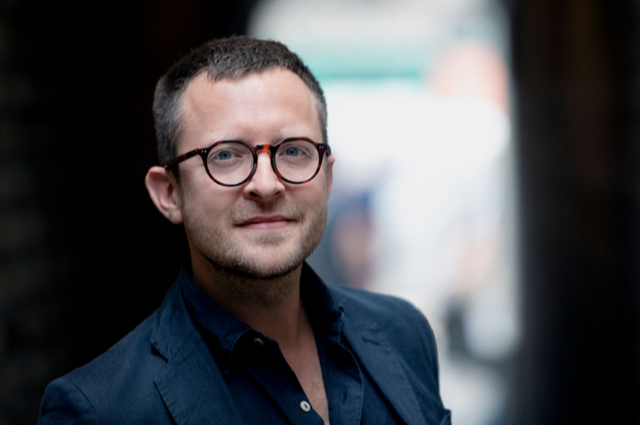
Hugo is a design critic, curator and the co-founder of Bard, a gallery in Edinburgh dedicated to Scottish design and craft. A long-serving member of the Wallpaper* family, he has also been the design editor at Monocle and the brand director at Studioilse, Ilse Crawford's multi-faceted design studio. Today, Hugo wields his pen and opinions for a broad swathe of publications and panels. He has twice curated both the Object section of MIART (the Milan Contemporary Art Fair) and the Harewood House Biennial. He consults as a strategist and writer for clients ranging from Airbnb to Vitra, Ikea to Instagram, Erdem to The Goldsmith's Company. Hugo recently returned to the Wallpaper* fold to cover the parental leave of Rosa Bertoli as global design director, and is now serving as its design critic.
-
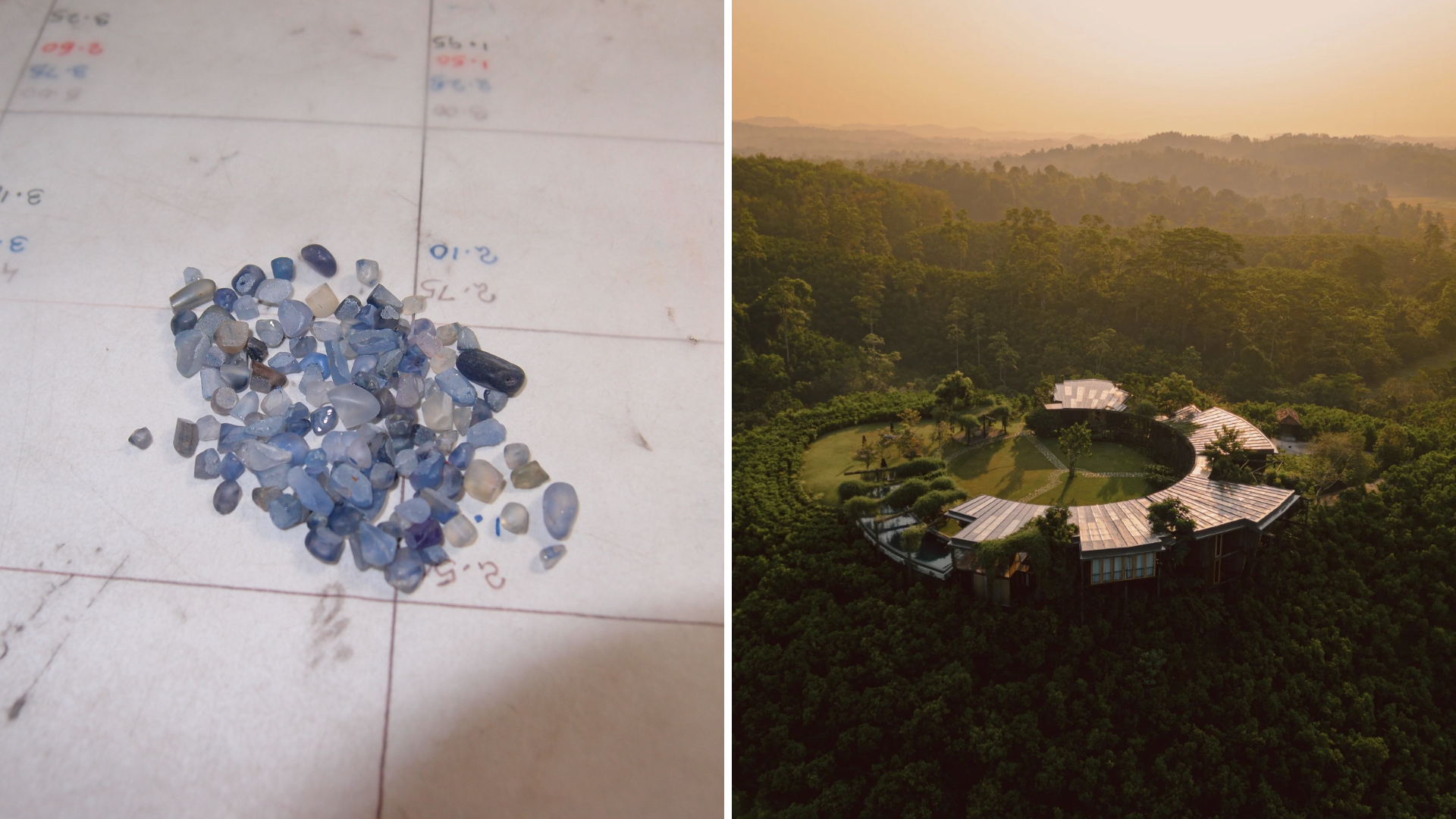 Love jewellery? Now you can book a holiday to source rare gemstones
Love jewellery? Now you can book a holiday to source rare gemstonesHardy & Diamond, Gemstone Journeys debuts in Sri Lanka in April 2026, granting travellers access to the island’s artisanal gemstone mines, as well as the opportunity to source their perfect stone
-
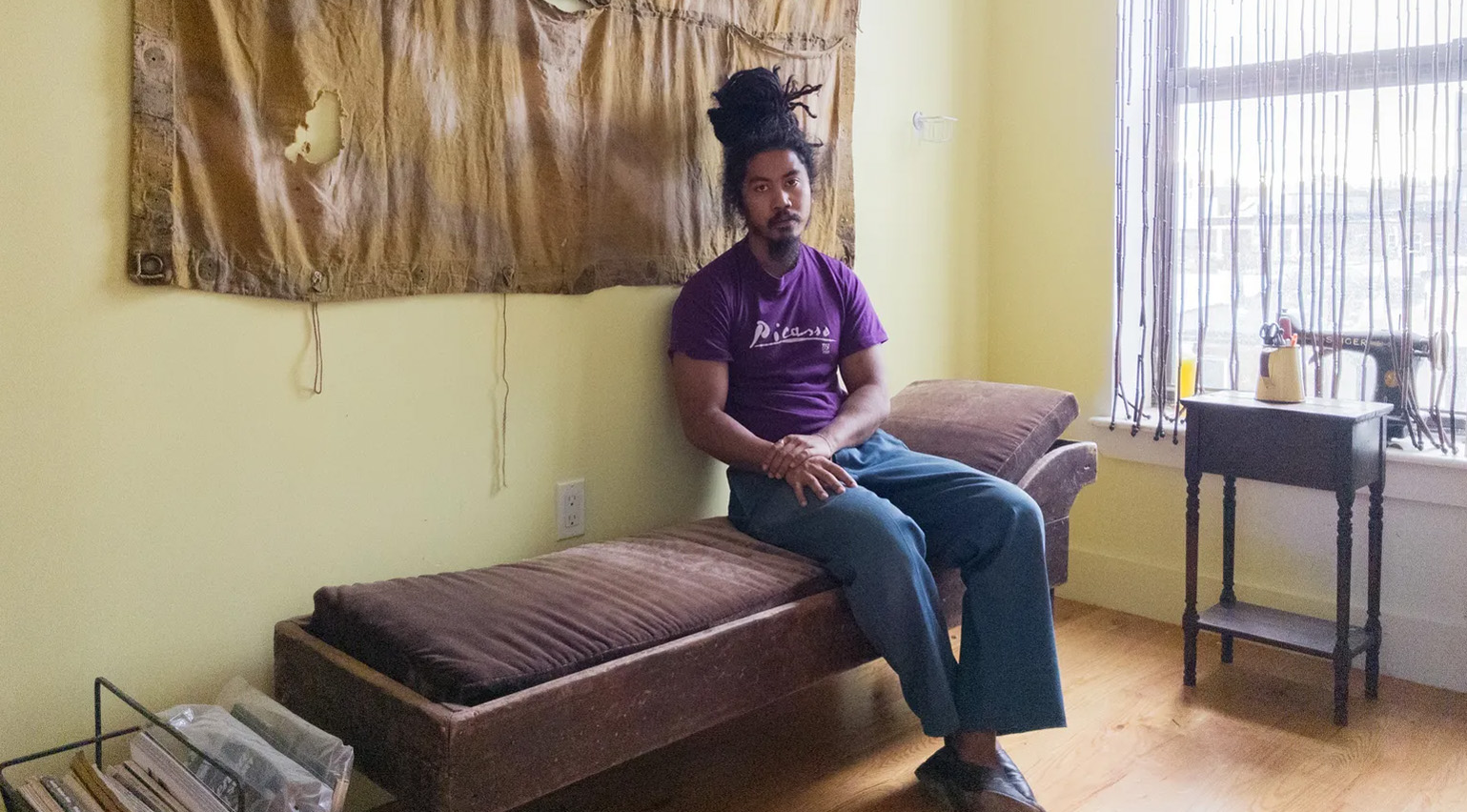 The rising style stars of 2026: Connor McKnight is creating a wardrobe of quiet beauty
The rising style stars of 2026: Connor McKnight is creating a wardrobe of quiet beautyAs part of the January 2026 Next Generation issue of Wallpaper*, we meet fashion’s next generation. Terming his aesthetic the ‘Black mundane’, Brooklyn-based designer Connor McKnight is elevating the everyday
-
 Mexico's Office of Urban Resilience creates projects that cities can learn from
Mexico's Office of Urban Resilience creates projects that cities can learn fromAt Office of Urban Resilience, the team believes that ‘architecture should be more than designing objects. It can be a tool for generating knowledge’
-
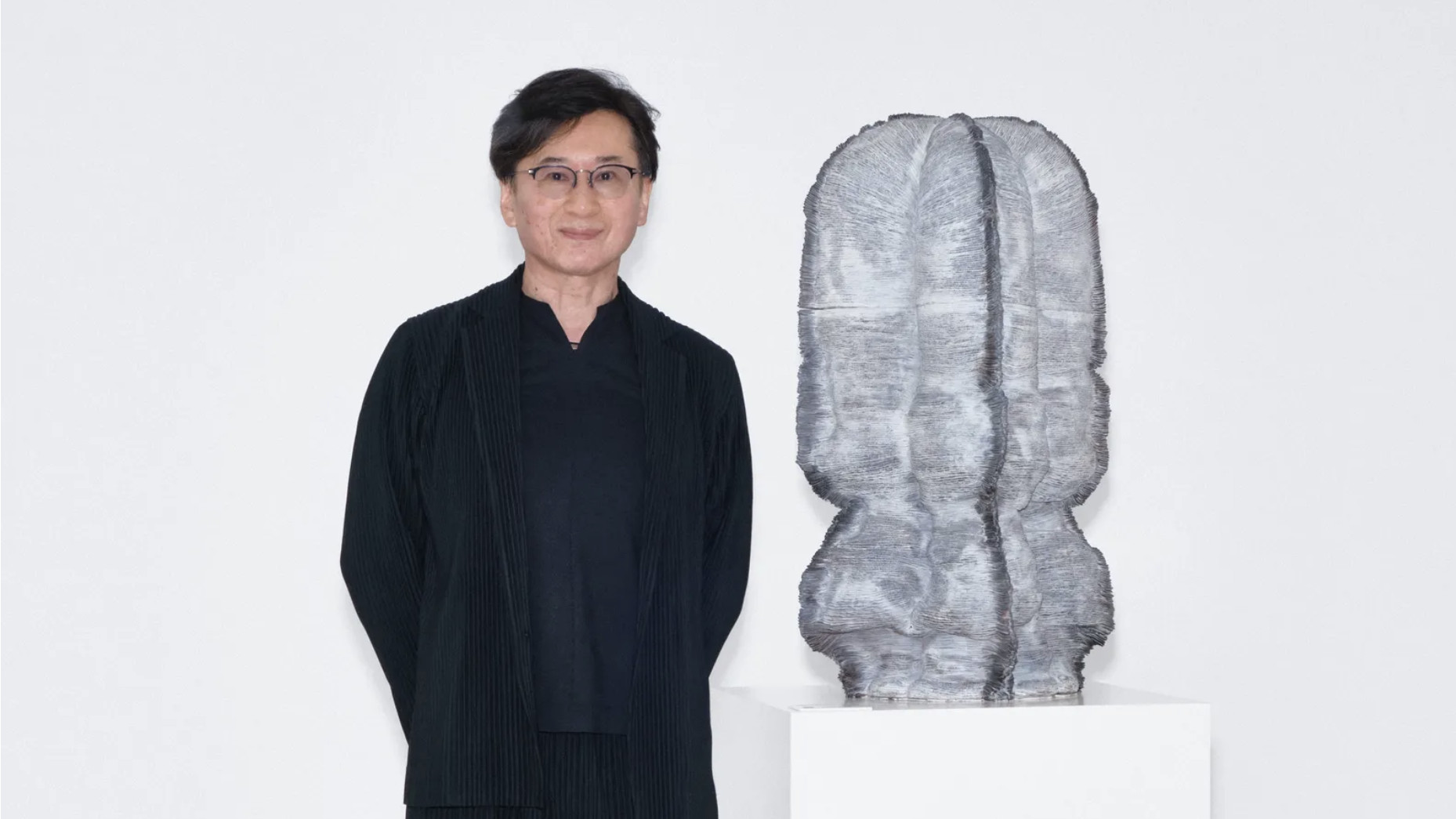 2025 Loewe Foundation Craft Prize winner announced as Kunimasa Aoki
2025 Loewe Foundation Craft Prize winner announced as Kunimasa AokiThe Japanese sculptor describes his work as ‘50 per cent tradition and 50 per cent innovation’
-
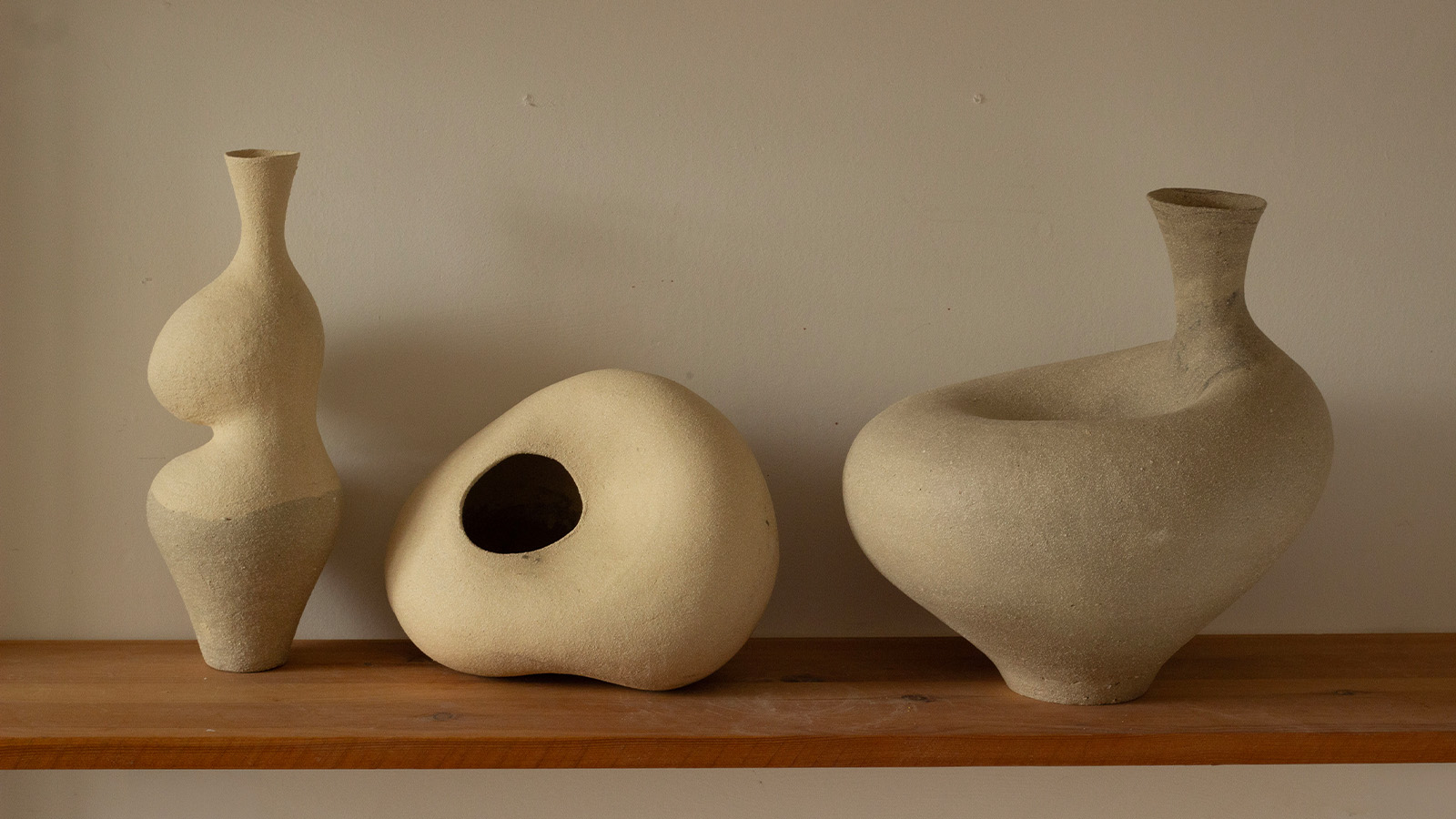 London Craft Week 2025 highlights – what to see this weekend
London Craft Week 2025 highlights – what to see this weekendLondon Craft Week 2025 (until 18 May) brings together some 1,000 established and emerging makers. Here is everything we saw and loved so you don't miss a thing
-
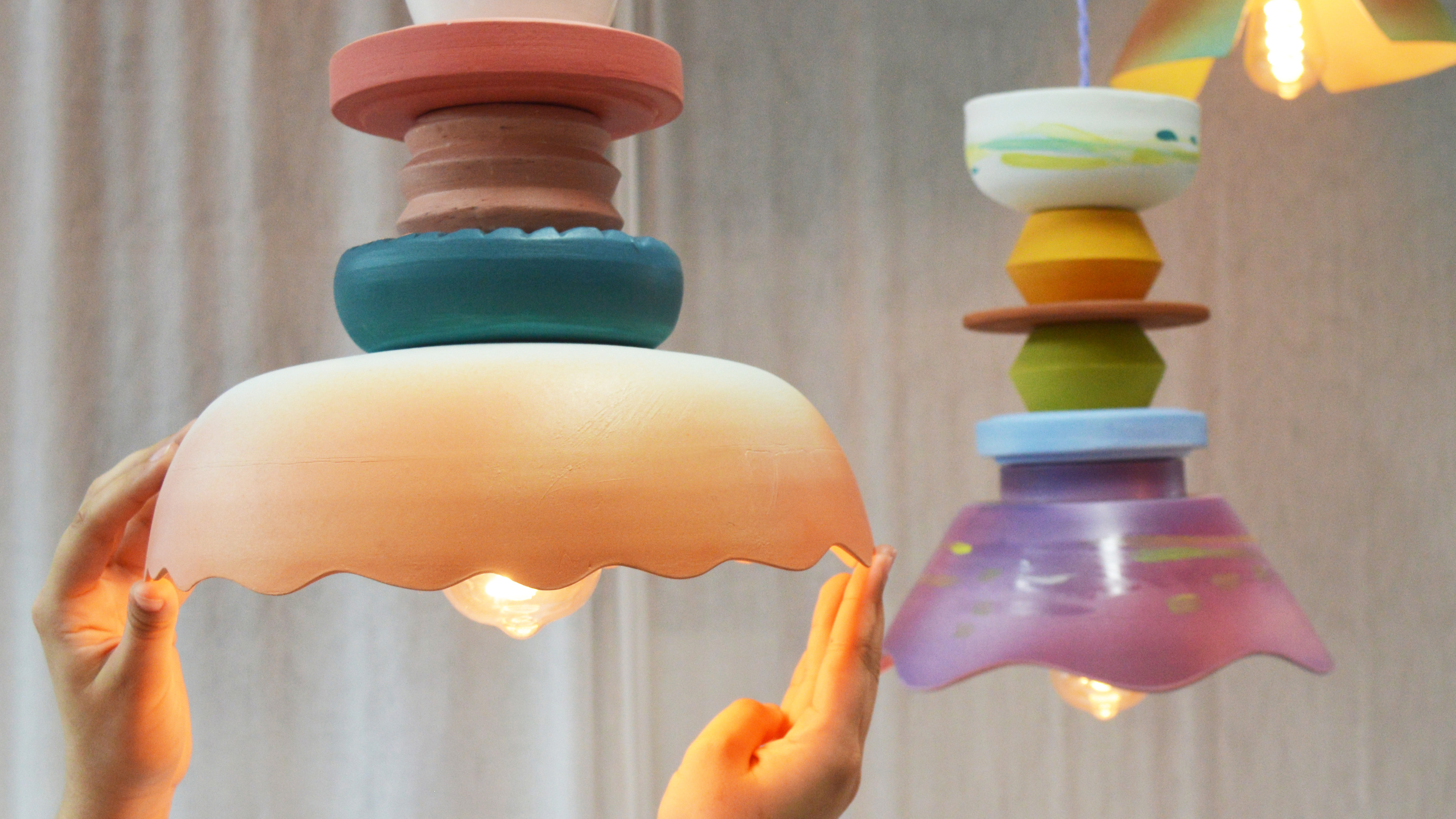 What to see at London Craft Week 2025
What to see at London Craft Week 2025With London Craft Week just around the corner, Wallpaper* rounds up the must-see moments from this year’s programme
-
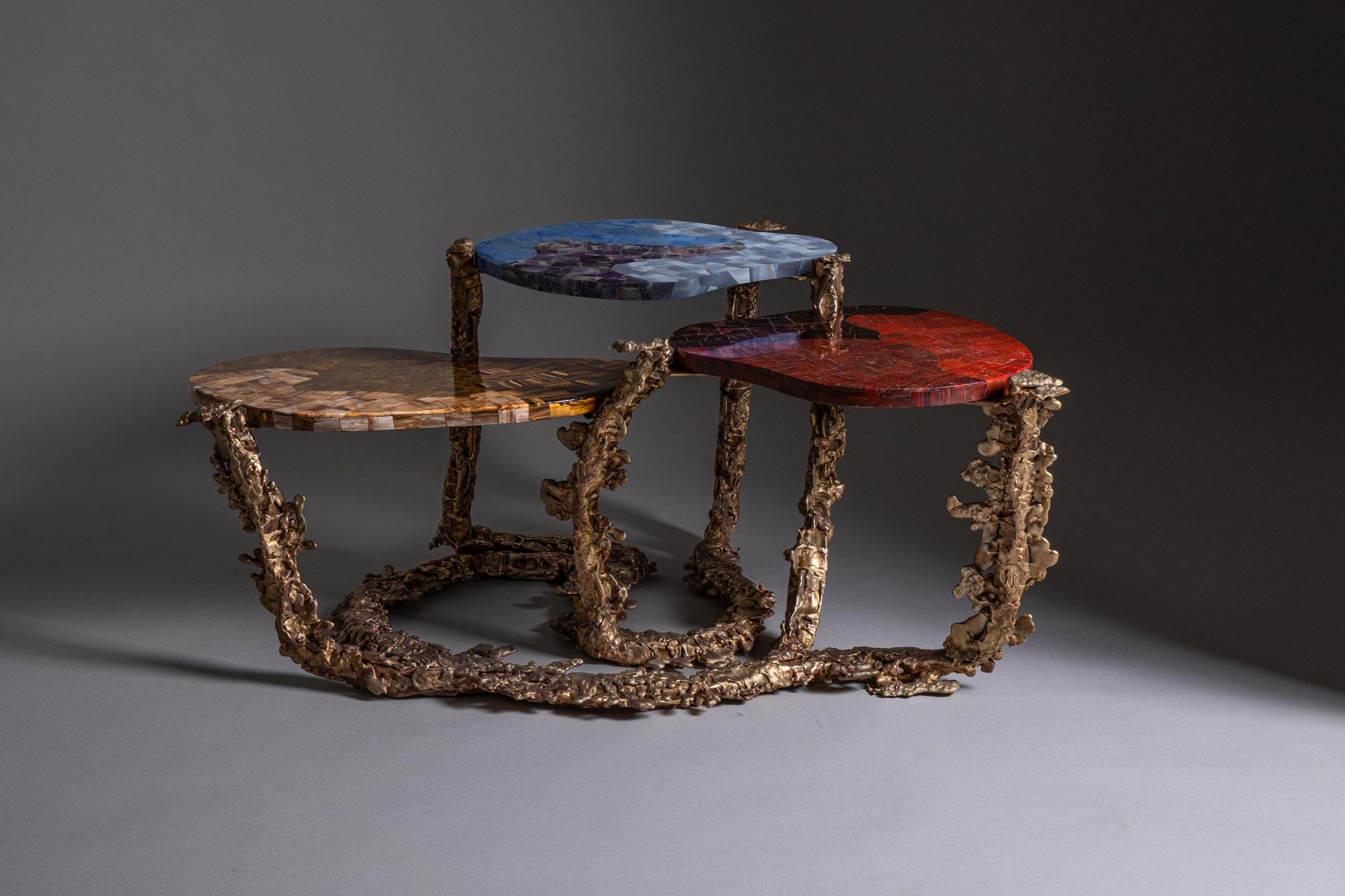 Inside the Shakti Design Residency, taking Indian craftsmanship to Alcova 2025
Inside the Shakti Design Residency, taking Indian craftsmanship to Alcova 2025The new initiative pairs emerging talents with some of India’s most prestigious ateliers, resulting in intricately crafted designs, as seen at Alcova 2025 in Milan
-
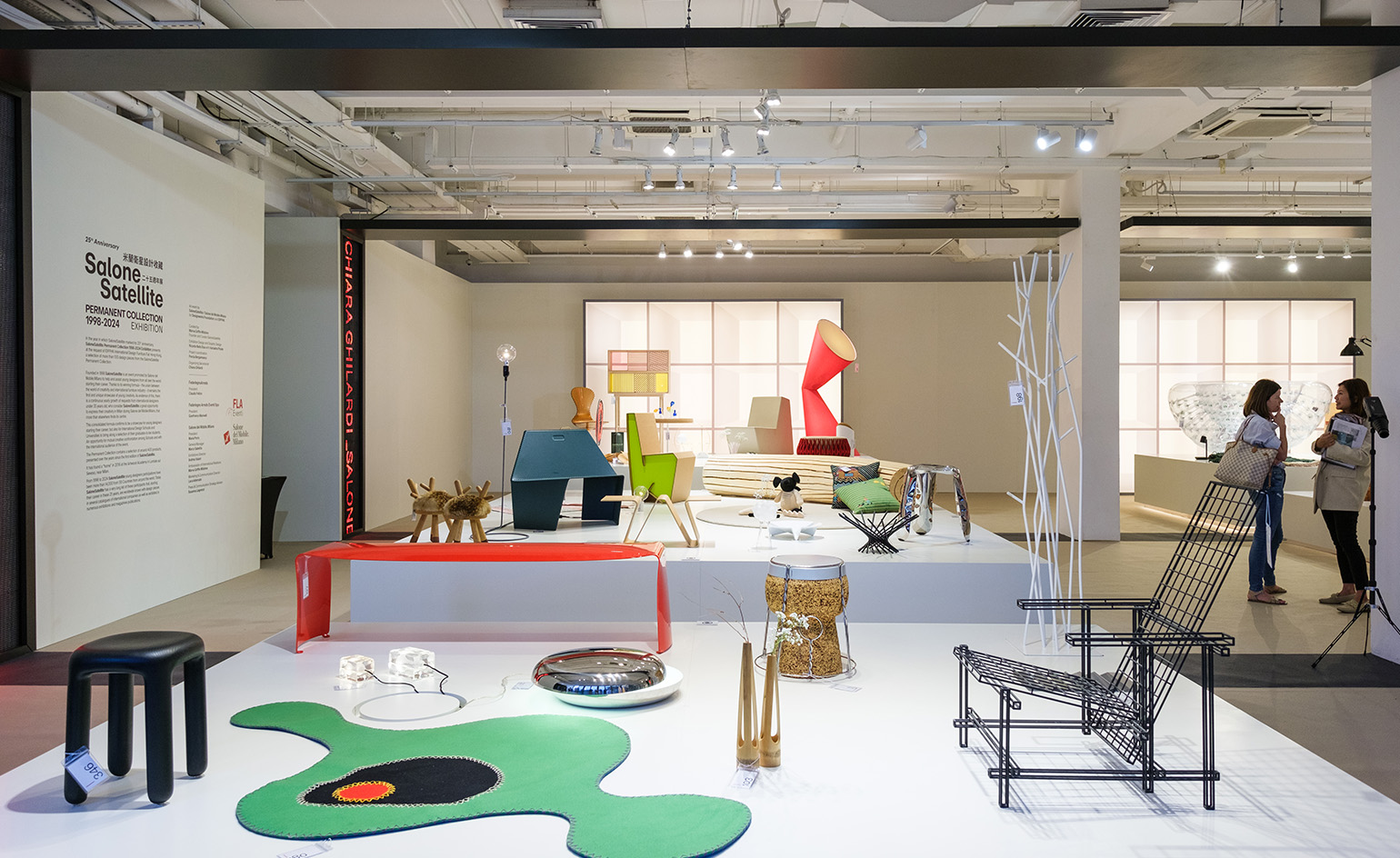 SaloneSatellite celebrates craft across continents at Milan Design Week
SaloneSatellite celebrates craft across continents at Milan Design WeekThe annual showcase for under 35s, SaloneSatellite, reveals how traditional craft can influence design for today and tomorrow
-
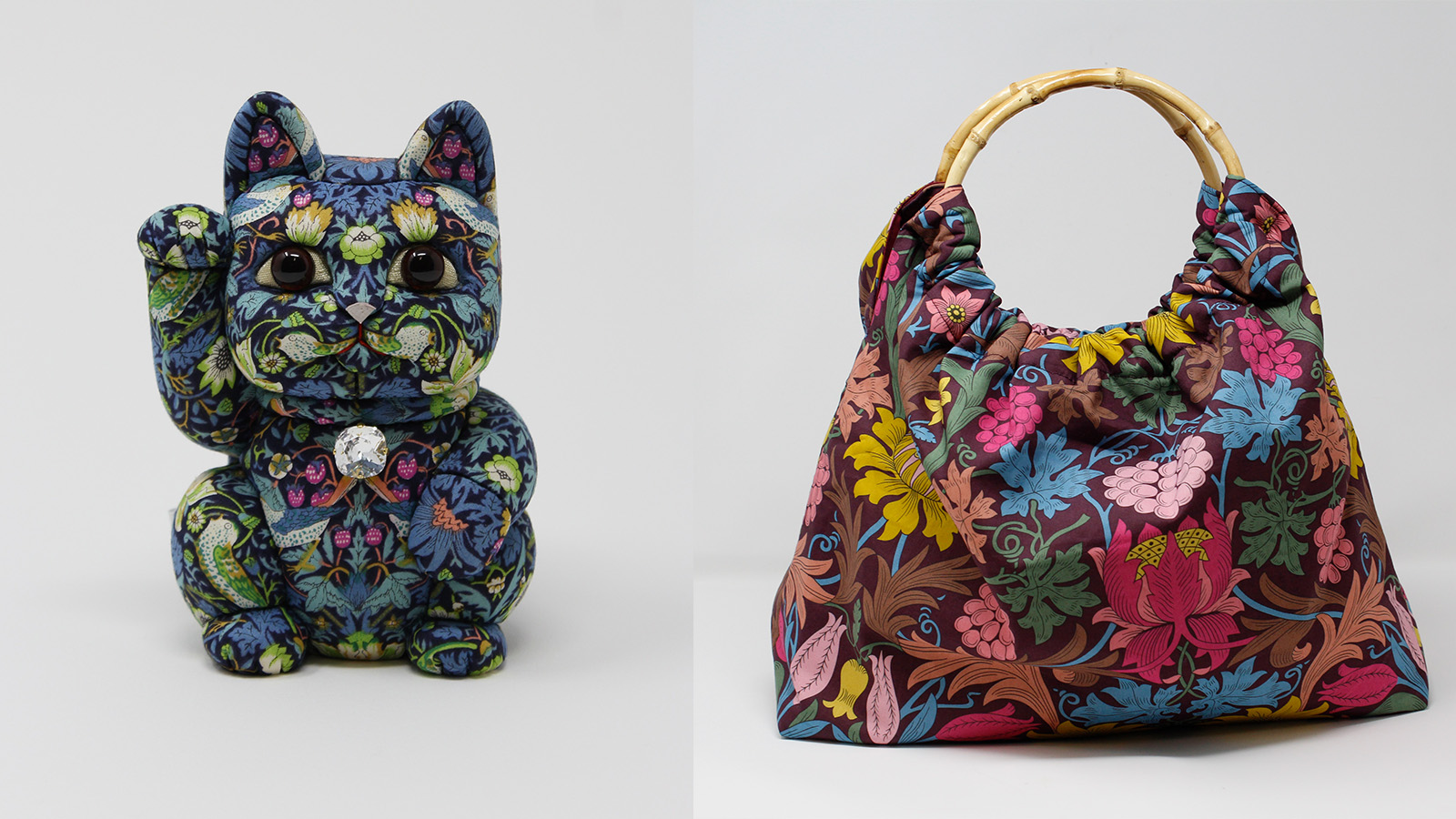 William Morris mania meets the design industry’s darker side in a new London show
William Morris mania meets the design industry’s darker side in a new London show‘Morris Mania’ at the William Morris Gallery explores the British designer’s complicated legacy in an ever-more commodified world
-
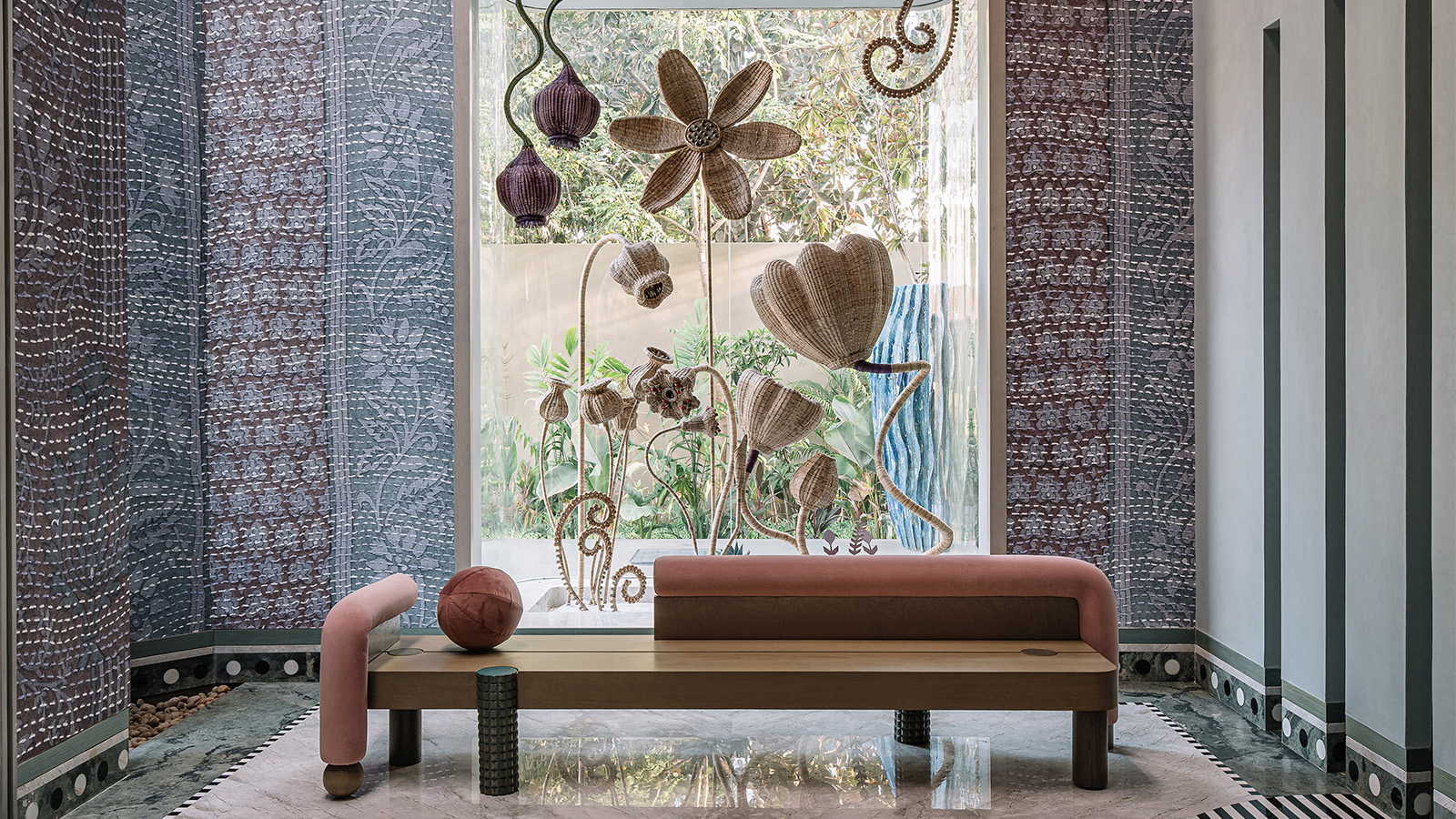 This ethereal Chennai home is a celebration of Indian craft and culture
This ethereal Chennai home is a celebration of Indian craft and cultureDesigned by Multitude of Sins, this Chennai home is an artisanal trove of rich texture and secret garden-like design. Wallpaper* speaks with design principal Smita Thomas on crafting the space
-
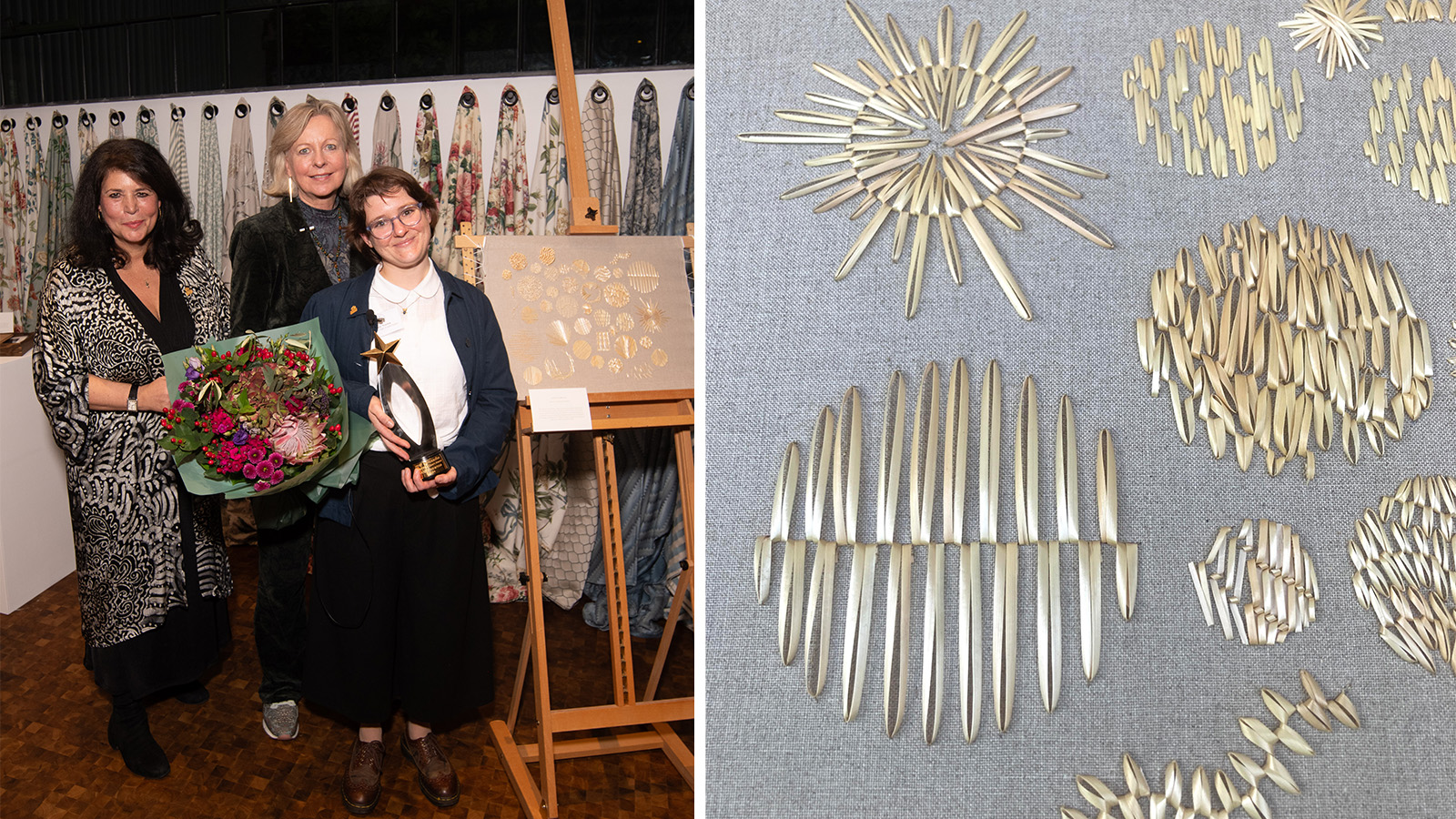 ‘Natural gold’ straw weaving by Hanny Newton wins the inaugural QEST Sanderson rising star award
‘Natural gold’ straw weaving by Hanny Newton wins the inaugural QEST Sanderson rising star award'I have been passionate and driven to champion straw embroidery as an exquisite, sustainable “natural gold”’: rising star Hanny Newton on winning the inaugural award